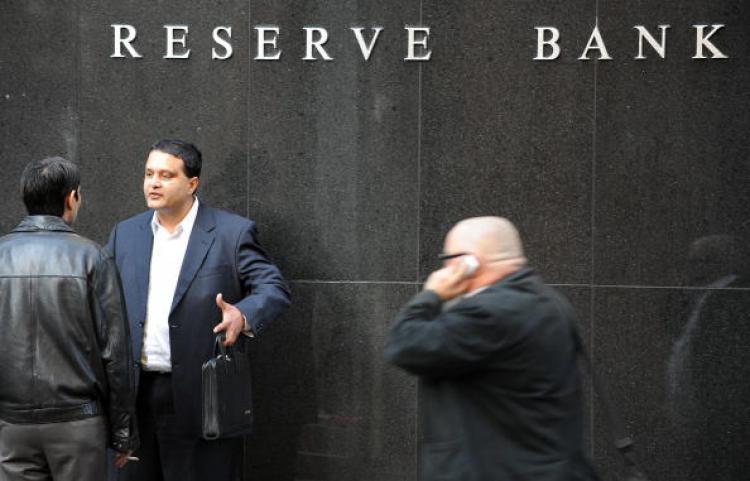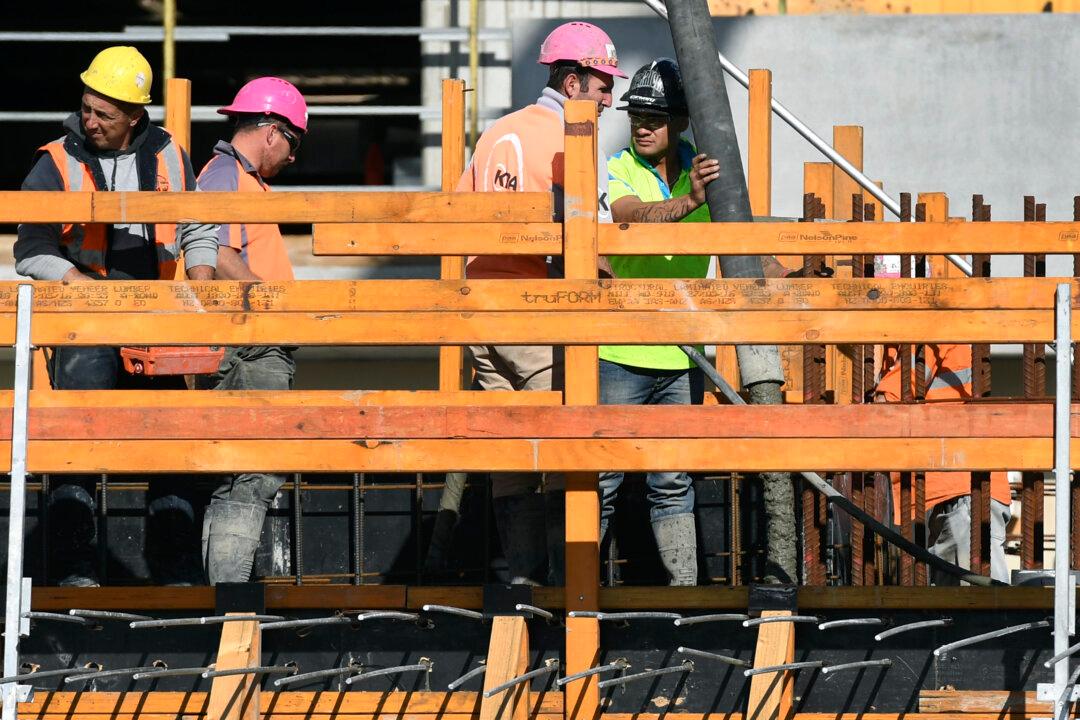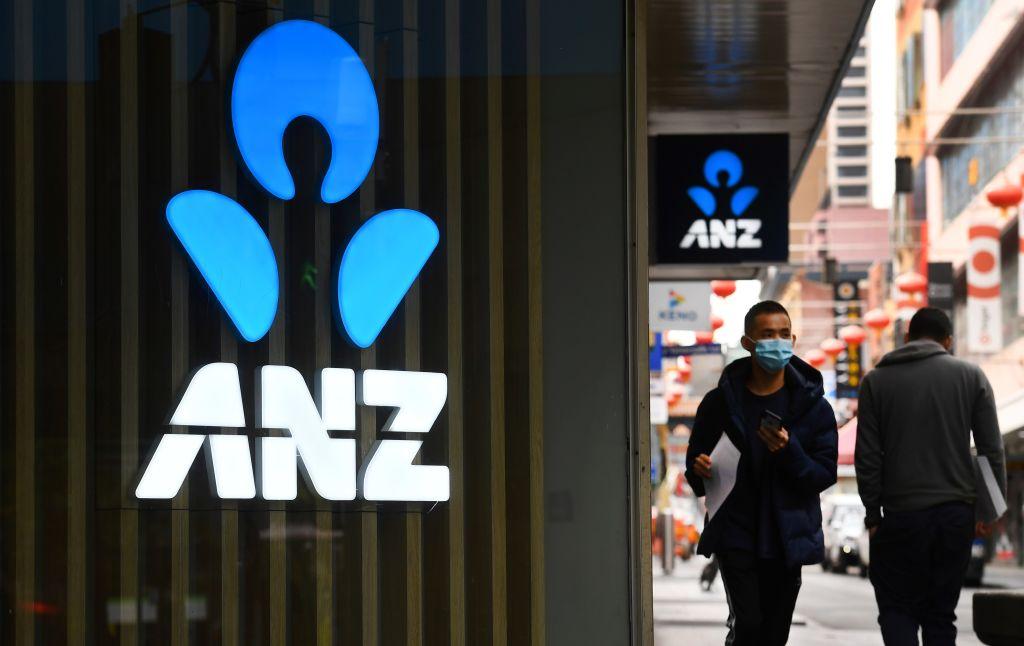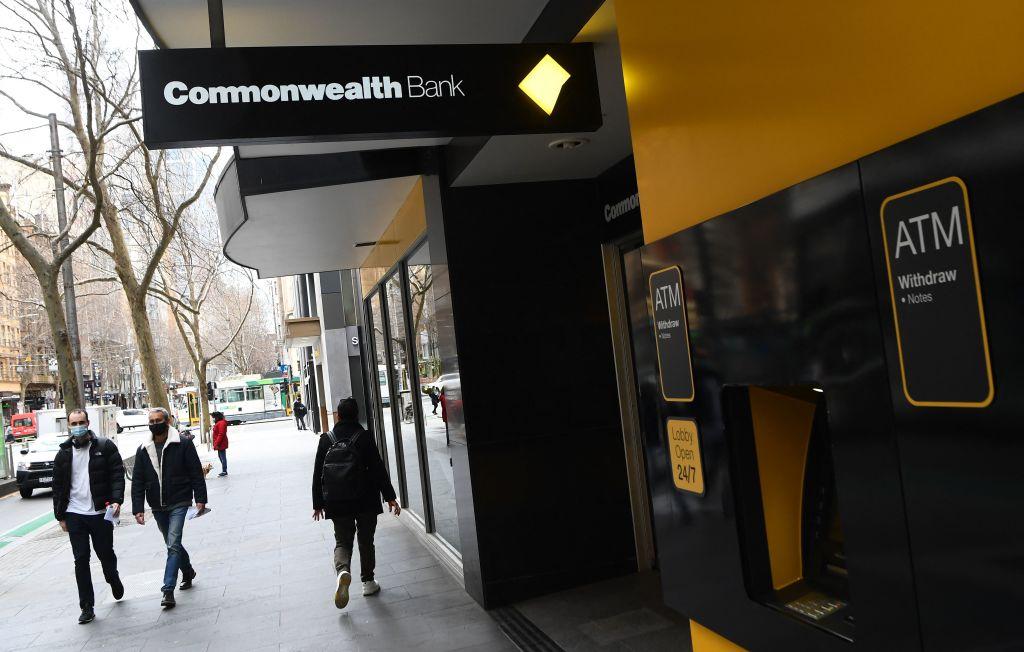The Reserve Bank of Australia (RBA) has articulated its concern over the fast-growing household debt amid the booming property market, warning that it poses potential risks to financial stability, and the regulator will intervene when necessary.
In an online speech ahead of its biannual Financial Stability Review, RBA assistant governor Michelle Bullock said that the increase in housing prices and housing debt could create a risk to financial stability while acknowledging the strong property market positive for the economy.





